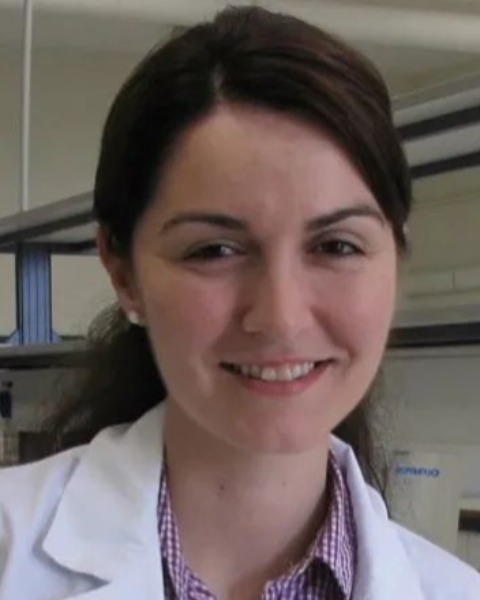Vector and Vector-borne Disease Management: A European Perspective Symposium II
Vector and Vector-borne Disease Management: A European Perspective Symposium I
216 - In search of new tools towards improving sand fly management strategies in Europe
Thursday, March 6, 2025
9:30 AM - 9:45 AM AST
Location: 201
Abstract: Sand flies (Diptera, Psychodidae, Phlebotominae) are blood-feeding arthropods of high veterinary and public health importance. They are competent vectors of various pathogens such as Bartonella(causative agent of bartonellosis) and Leishmania spp. (causative agent of leishmaniasis), as well as arboviruses (such as Phlebovirus, Vesiculovirus and Orbivirus spp.). Leishmaniasis is among the top ten neglected tropical diseases globally infecting approximately one million people every year. According to World Health Organization (WHO) estimations, approximately 350 million people worldwide are at risk of acquiring leishmaniasis, with 20,000-30,000 deaths annually. In an effort to reduce the risk of sand fly-borne diseases, a variety of chemical-based control interventions – i.e., indoors residual spraying, insecticide treated nets, spatial repellents, space sprays – are being applied on a global basis under different contexts, to reduce sand fly populations and the associated biting pressure exerted to affected communities with varied levels of success. The overwhelming majority of these approaches are targeting adult sand flies, mostly at indoor settings, while no methodologies are specifically tailored against sand fly immature stages, due to the current gap in knowledge on the ecology of these stages under field conditions. Current, applied methodologies for sand fly control with a focus on Europe, in different environmental contexts are showcased, while operational challenges and gaps in knowledge that may be hindering the successful implementation of sand fly control interventions are elaborated. Future perspectives for improving the efficiency and sustainability of sand fly control programmes, through investment in innovative approaches and tools are discussed.

Alexandra Chaskopoulou, PhD
Research Scientist
USDA-ARS European Biological Control Laboratory, Thessaloniki, Greece

